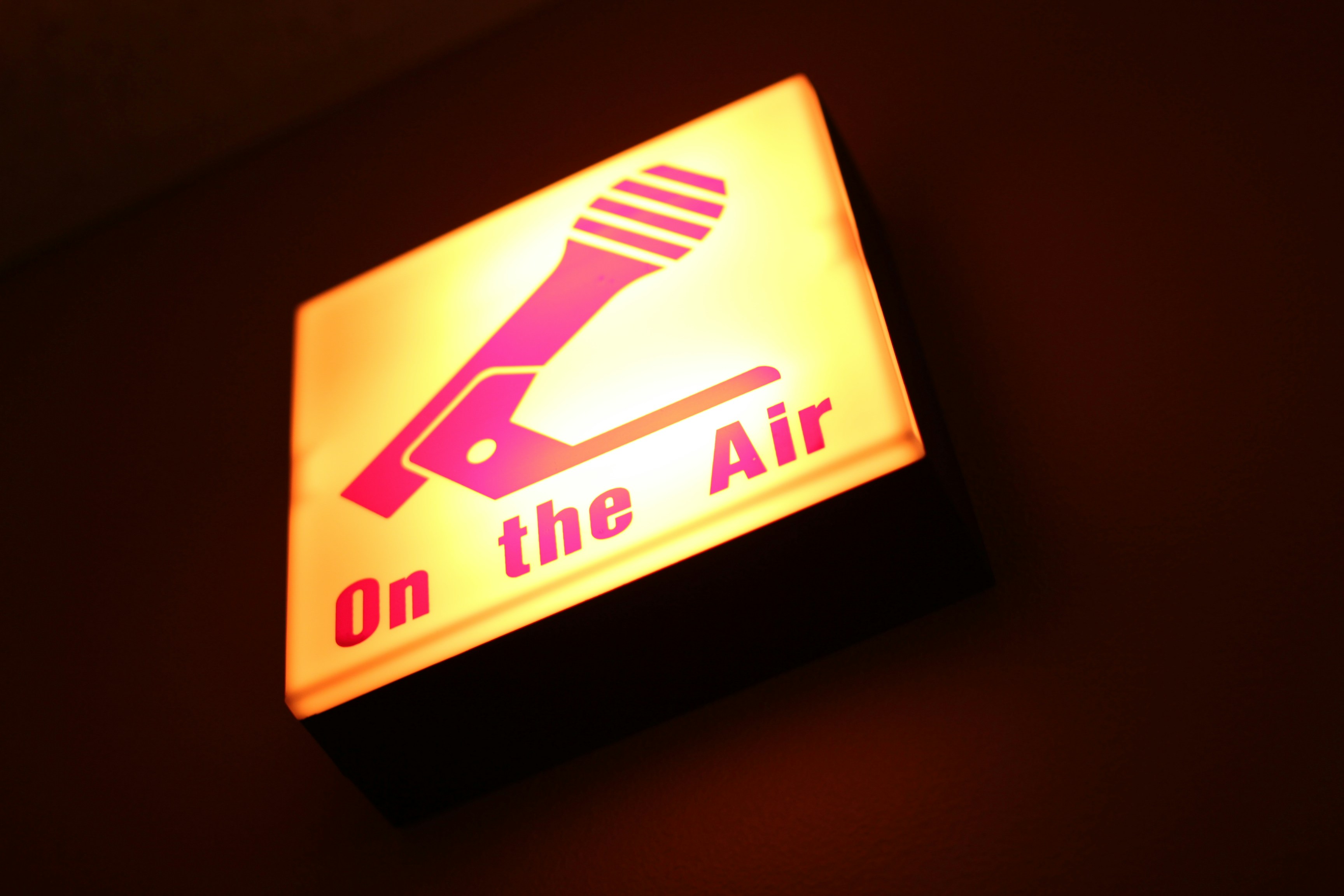Rolling out an AI assistant in Microsoft Teams can transform how employees access information, get answers, and complete routine tasks. Yet despite the promise of faster support and smarter workflows, many AI deployments fall short, not because the technology is flawed, but because the launch lacked planning.
Consider this: a McKinsey study found that 70% of digital transformation projects fail to meet their stated goals. The primary culprits? Insufficient user adoption and resistance to change. Without a clear plan and effective change management, even the most advanced technologies can falter, resulting in wasted resources and unmet expectations.
The good news? A structured, deliberate rollout eliminates these risks. This 6-step checklist will guide project managers, IT leads, and HR teams through every stage of launching a workplace AI assistant in Microsoft Teams, from planning to iteration, ensuring long-term success.
Step 1: Assemble Your Launch Team & Define Scope
Successful AI deployments start with people, not technology. Form a cross-functional launch team that includes IT, HR, internal communications, and representatives from key user groups. Early collaboration ensures diverse perspectives are considered, workflows are respected, and responsibilities are clearly defined.
Define the scope for Phase 1. Attempting to cover all questions from day one can overwhelm your team and dilute impact. A focused pilot, such as handling HR FAQs or IT support queries, ensures the AI assistant addresses high value needs first.
Example: For an HR-focused launch, your Phase 1 might only include questions about leave policies, benefits,, and payroll. This makes training, testing, and communication simpler while producing measurable early wins.
Why it matters: Clear scope and ownership create alignment across teams, prevent duplication of effort, and set realistic expectations for both users and stakeholders.
Step 2: Curate Your Initial Knowledge Base
Once the scope is defined, identify the top 25–50 questions your employees ask repeatedly. The goal is to populate the AI assistant with answers that deliver immediate value. These could include:
- “How do I submit a PTO request?”
- “Where can I find the travel expense policy?”
- “Who do I contact for IT support?”
Leveraging your company’s internal policies and reference documents, smart AI solutions help you craft concise, actionable answers with relevant links, attachments, or step-by-step guidance. With human supervision, you can add clarity and completeness, toprevent confusion and build trust.
Tip: Focus on questions that are frequent, high-impact, and simple to answer. Early success stories encourage broader adoption and provide a foundation for expanding the knowledge base later.
Step 3: Configure and Test
With your knowledge base ready, install the AI assistant in Microsoft Teams and you can “pin” it to your tool bar, for quick access for employees in the flow of work.. Conduct thorough internal testing with the launch team before going live:
- Check accuracy: Are the AI’s responses correct and consistent?
- Evaluate clarity: Is the language simple, actionable, and easy to understand?
- Test navigation: Can users easily access linked resources or documentation if needed?
Encourage testers to simulate real employee scenarios, including unusual or complex queries. Document issues and refine the assistant iteratively.
Why it matters: Testing ensures employees’ first experiences are positive, which builds confidence in the assistant and increases long-term engagement. A bot that gives incorrect or incomplete answers will quickly lose credibility.
Step 4: Create a Communication Plan
Even the best AI assistant will fail if employees don’t know how to use it. A structured communication plan drives awareness and adoption.
A recent Microsoft report indicates that 75% of knowledge workers use AI at work today, with 46% starting in the last six months. However, 60% of leaders worry their organization’s leadership lacks a plan and vision to implement AI. Clear, consistent communication helps employees understand how the AI assistant fits into their daily workflow and why it’s worth using.
Key components:
- Announcements: Draft emails, Teams posts, or intranet messages introducing the AI assistant, its purpose, and benefits.
- How-to guides: Include screenshots, sample queries, and instructions for common tasks.
- Launch day schedule: Plan timing for live demos, Q&A sessions, or short training videos.
Pro tip: Identify departmental “champions” to model usage, answer questions, and share best practices. Peer endorsement accelerates adoption more effectively than top-down announcements alone.
Why it matters: Clear, consistent communication helps employees understand how the AI assistant fits into their daily workflow and why it’s worth using.
Step 5: Go-Live & Promote
Launch day is the moment your preparation meets execution.
- Pin the AI assistant in Teams: Ensure it’s visible and accessible to all employees.
- Reinforce announcements: Highlight the top features, show sample queries, and encourage experimentation.
- Activate champions: Encourage them to demonstrate real-world use cases, answer questions, and provide tips.
Example: Run a short Teams session demonstrating how quickly the assistant can answer common HR or IT queries, showing employees the value in real time.
Why it matters: Visibility and active promotion drive initial engagement. Employees are more likely to adopt a tool that they see actively used and endorsed across the organization.
Step 6: Review Analytics & Iterate
Launching isn’t the end; it’s the beginning of continuous improvement. Analytics and usage data provide insight into how the AI assistant is performing:
- Which questions are asked most frequently?
- Where are answers incomplete, inaccurate, or missing?
- Are there recurring patterns that suggest updates or additional training data?
Use these insights to refine the knowledge base, adjust workflows, and expand the assistant’s scope over time. Iteration ensures the assistant remains relevant and valuable, keeping employees engaged and confident in its utility.
Why it matters: Continuous monitoring and improvement prevent stagnation, ensuring your AI assistant evolves alongside your organization’s needs.
Launch With Confidence
A thoughtful, well-planned launch is the foundation of a successful AI assistant deployment. By assembling the right team, curating a targeted knowledge base, rigorously testing, communicating clearly, promoting effectively, and iterating based on real usage, your AI assistant in Microsoft Teams can become an indispensable resource, saving time, reducing repetitive questions, and enhancing employee experience.
Need guidance for a successful rollout? MeBeBot’s customer success team can help you plan, configure, launch, and optimize your AI assistant to ensure adoption, engagement, and measurable results from day one.








